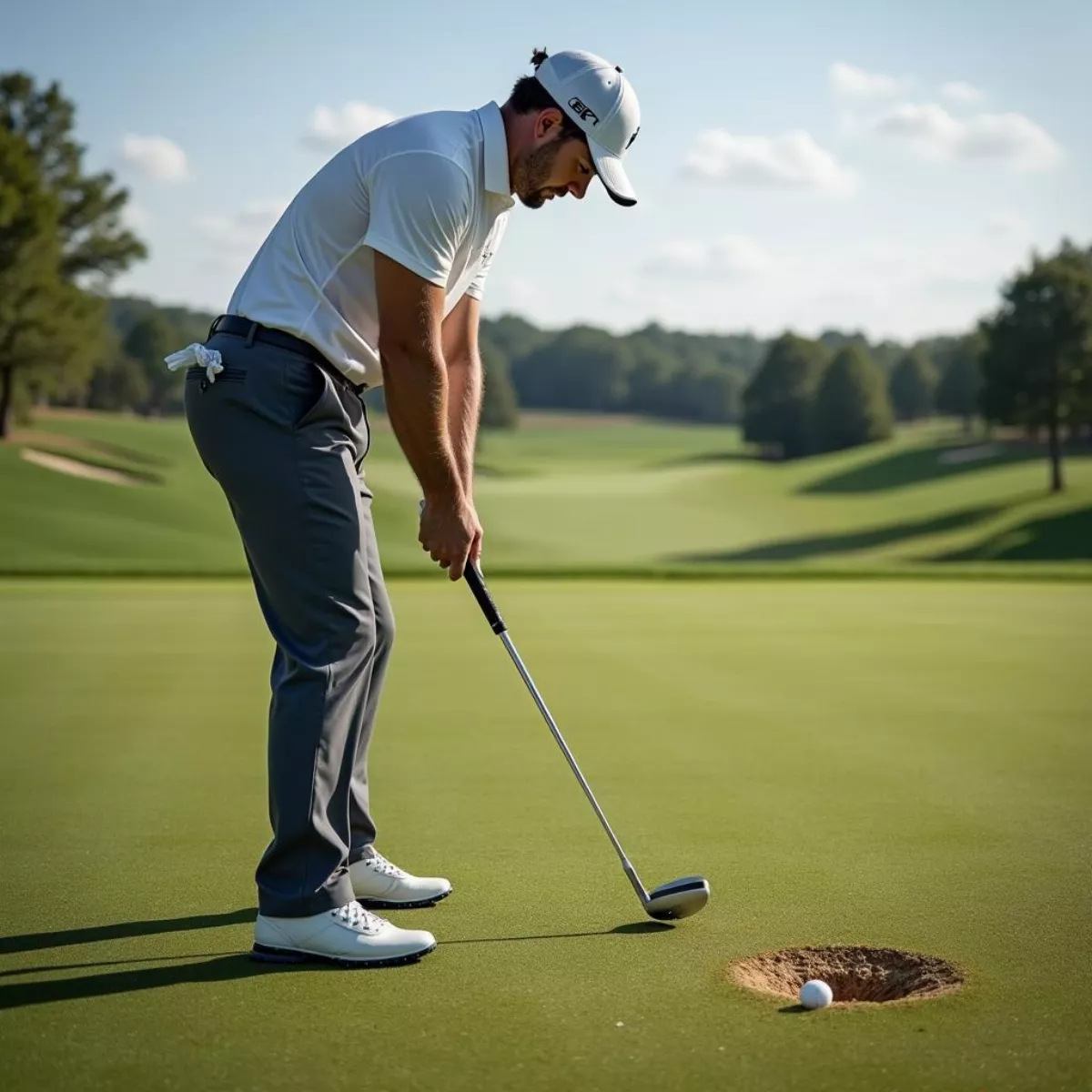Choosing the right golf ball can significantly impact your game. With a myriad of options available, it’s essential to find one that aligns with your skill level, swing speed, and playing style. Whether you’re a beginner just starting out or an experienced golfer looking to refine your performance, understanding what golf balls to use is a pivotal part of your golfing journey. In this guide, we will explore the types of golf balls, factors influencing your choice, and provide you with tips, tables, and FAQs.
Types of Golf Balls
Understanding the various types of golf balls can help you make an informed decision. Here’s a quick overview:
- Two-Piece Balls: Generally harder and designed for distance. They have a solid core and a durable cover. Ideal for beginners.
- Three-Piece Balls: Offer a balance between distance and control. They have a core, a layer for spin, and an outer cover. Suitable for intermediate players.
- Four-Piece Balls: Provide maximum control and are preferred by advanced players. They have multiple layers that optimize performance.
- While you explore golf ball types, consider the following main characteristics that can affect your choice:
| Type of Ball | Best For | Distance | Spin | Feel |
|---|---|---|---|---|
| Two-Piece | Beginners | High | Low | Hard |
| Three-Piece | Intermediate Players | Medium | Medium | Good |
| Four-Piece | Advanced/Low Handicap | Medium | High | Soft |
Factors to Consider When Choosing Golf Balls
When deciding on the best golf balls, take these critical factors into account:
- Skill Level
- Beginners should opt for two-piece balls that prioritize distance.
- Intermediate players may benefit from three-piece balls for better control.
- Advanced golfers will likely prefer four-piece balls that offer a soft feel and excellent spin control.
- Swing Speed
- Faster swings typically demand lower compression balls, while slower swings can benefit from higher compression.
- Playing Style
- If you play on well-manicured courses, you might want a ball that offers high spin for better control around the greens. Conversely, casual public course players might prioritize distance over spin.
 Golf Balls on Green Grass
Golf Balls on Green Grass
Popular Golf Ball Brands
Each brand has its strengths. Here is a quick rundown of popular golf balls from leading manufacturers:
- Titleist Pro V1
- Type: Four-piece
- Best For: Advanced players
- Features: Exceptional spin control, soft feel, and great distance.
- Callaway Chrome Soft
- Type: Four-piece
- Best For: Competitive amateurs
- Features: Low compression, superb feel, and impressive greenside spin.
- TaylorMade TP5
- Type: Five-piece
- Best For: Established golfers
- Features: Maximum distance, great feel, and excellent spin control.
- Srixon Soft Feel
- Type: Two-piece
- Best For: Beginners to intermediate
- Features: Good distance and soft feel.
Tips for Choosing the Right Golf Balls
Here are some tips to guide you through your selection:
- Test different balls: If you can, try various types to find what feels right for you and performs best on the course.
- Consider the weather: Different balls perform better in varying conditions. For wet, cold conditions, soft balls can help retain distance.
- Evaluate your budget: Premium golf balls can be costly. However, there are many affordable options that still deliver good performance.
 Golfer Choosing Golf Ball
Golfer Choosing Golf Ball
Key Takeaways
- Choose a golf ball type based on your skill level—two-piece for beginners, three-piece for intermediates, and four-piece for advanced players.
- Pay attention to your swing speed and playing style when selecting a ball.
- Test different brands and be conscious of playing conditions, as they might affect performance.
FAQs
1. What should I look for in a golf ball?
Focus on your skill level, swing speed, and playing style. Test various brands to find the best fit.
2. Are more expensive golf balls worth it?
Not necessarily. Many affordable options perform well. It depends on your personal preferences and playing conditions.
3. How often should I replace my golf balls?
It’s typically best to change your golf balls once they show significant wear, or if you’re consistently losing them.
4. Can I use any golf ball for every type of play?
While technically yes, certain balls perform better in specific conditions or styles of play. Choose based on your usual golf environment.
 Golf Ball in Flight
Golf Ball in Flight
5. Do different golf balls really make a difference?
Yes! The right ball can enhance distance, control, and feel, ultimately impacting your overall performance.
6. What is a good distance ball for beginners?
Look for two-piece balls. They maximize distance and are generally more affordable.
7. How do I know if I need a soft or hard ball?
A softer ball is better if you prioritize feel and spin around the greens. A harder ball will usually provide more distance.
8. Can women use any golf ball?
Absolutely! Women can use the same golf balls as men, but might prefer softer, lighter options for added control.
9. Should I stick to one brand?
It’s fine to stick to one brand, but experimenting with others can yield better results depending on course conditions.
10. What is the best golf ball for high handicappers?
High handicappers usually benefit from two-piece balls, which help maximize distance and are more forgiving on mishits.
Choosing the right golf ball is an essential step in improving your game. Now that you have the knowledge, it’s time to hit the course and find the perfect ball for your needs. Happy golfing!

 Golfers Using Split Tees
Golfers Using Split Tees Golfer Deciding on Tee Box
Golfer Deciding on Tee Box
 Golfer Practicing Putting on the Green
Golfer Practicing Putting on the Green Golfer Lining Up Chip Shot Near Sand Trap
Golfer Lining Up Chip Shot Near Sand Trap
 Golf course with woods and hazards
Golf course with woods and hazards Group of golfers on a course
Group of golfers on a course
 Golfer taking an approach shot
Golfer taking an approach shot
 Golf clubs in bag
Golf clubs in bag Golfer on green fringe
Golfer on green fringe Beginner golfer teeing off
Beginner golfer teeing off
 Golfer practicing their swing on the driving range
Golfer practicing their swing on the driving range Golfer checking their golf GPS watch
Golfer checking their golf GPS watch
 Women Wearing Stylish Golf Outfits
Women Wearing Stylish Golf Outfits Woman Applying Sunscreen at Golf Tournament
Woman Applying Sunscreen at Golf Tournament Group of Friends Enjoying Golf Tournament
Group of Friends Enjoying Golf Tournament
 Golfer Putting on the Green
Golfer Putting on the Green Golf Clubs in Bag
Golf Clubs in Bag
 Golfer Using Hybrid Iron in Rough
Golfer Using Hybrid Iron in Rough Different Hybrid Iron Models
Different Hybrid Iron Models Golfer Selecting Hybrid Iron From Bag
Golfer Selecting Hybrid Iron From Bag